In today's fast-paced construction and industrial sectors, optimizing project efficiency is paramount, and one essential component that can significantly impact productivity is the choice of an appropriate air compressor rental. According to the 2022 Market Insights Report, the global air compressor rental market is projected to reach $7.8 billion by 2027, reflecting a compound annual growth rate (CAGR) of 5.4%. This growth underscores the increasing reliance on rental solutions in various industries, allowing for flexibility and cost-effectiveness in operations. Selecting the right air compressor can enhance performance, reduce downtime, and align with specific project requirements. As companies strive to maximize efficiency and minimize expenses, understanding the intricacies of air compressor rentals is more critical than ever, ensuring that the right equipment is utilized for optimal results in every project.

When considering air compressor rentals for your project, it's essential to effectively assess your project requirements to maximize efficiency. The global air compressor market is poised for significant growth, with projections estimating a rise from $27.92 billion in 2024 to $40.16 billion by 2031, representing a compound annual growth rate of 5.33%. Understanding how to navigate these choices can lead to substantial savings and improved project outcomes.
Tips: Begin by evaluating the specific demands of your project, such as power requirements, expected duration of use, and the environment in which the compressor will operate. This analysis will guide you in selecting the appropriate type and size of compressor to meet your unique needs.
Furthermore, consider the availability of rental options that align with your project scale. Different projects may require varying levels of air pressure and flow, so assessing these factors early will ensure you choose a rental service that can deliver the necessary capacity and performance. Always communicate with the rental provider to clarify expectations and receive advice tailored to your project specifications.
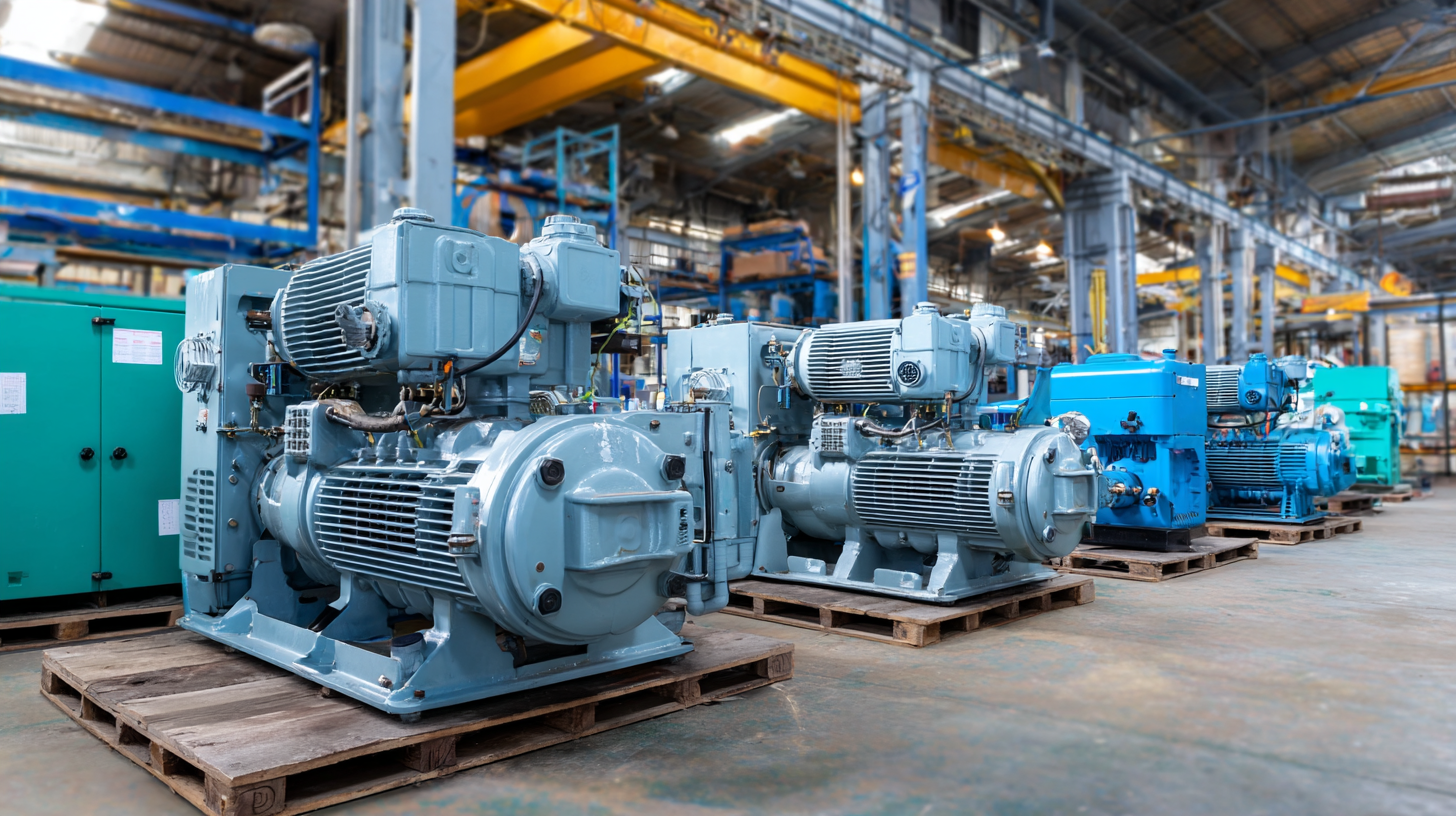
Choosing the right air compressor for your project involves a careful evaluation of job specifications, ensuring efficiency and effectiveness. Factors such as reliability, size, power, maximum pressure, and airflow are critical in making an informed decision. For instance, a recent testing of portable air compressors highlighted that only a few models met the rigorous demands when paired with an impact wrench, underscoring the importance of matching the compressor's specifications to the tool's requirements. Reliable models demonstrated the ability to maintain consistent airflow and pressure, essential for tasks such as inflating tires or operating pneumatic tools.
In addition, the lightweight and versatile nature of certain compressors enhances their utility for household tasks, which was evident in testing done over 20 hours that aimed to identify the best options for home projects. A portable compressor with a 150 PSI capacity and a manageable weight of around 11.8 lbs showed exceptional performance, providing the necessary power for applications ranging from tire inflation to driving nails. Thus, when selecting an air compressor for your project, it's crucial to assess these specifications in relation to the specific tools you plan to use, ensuring you choose a model that delivers optimal performance without compromising reliability.
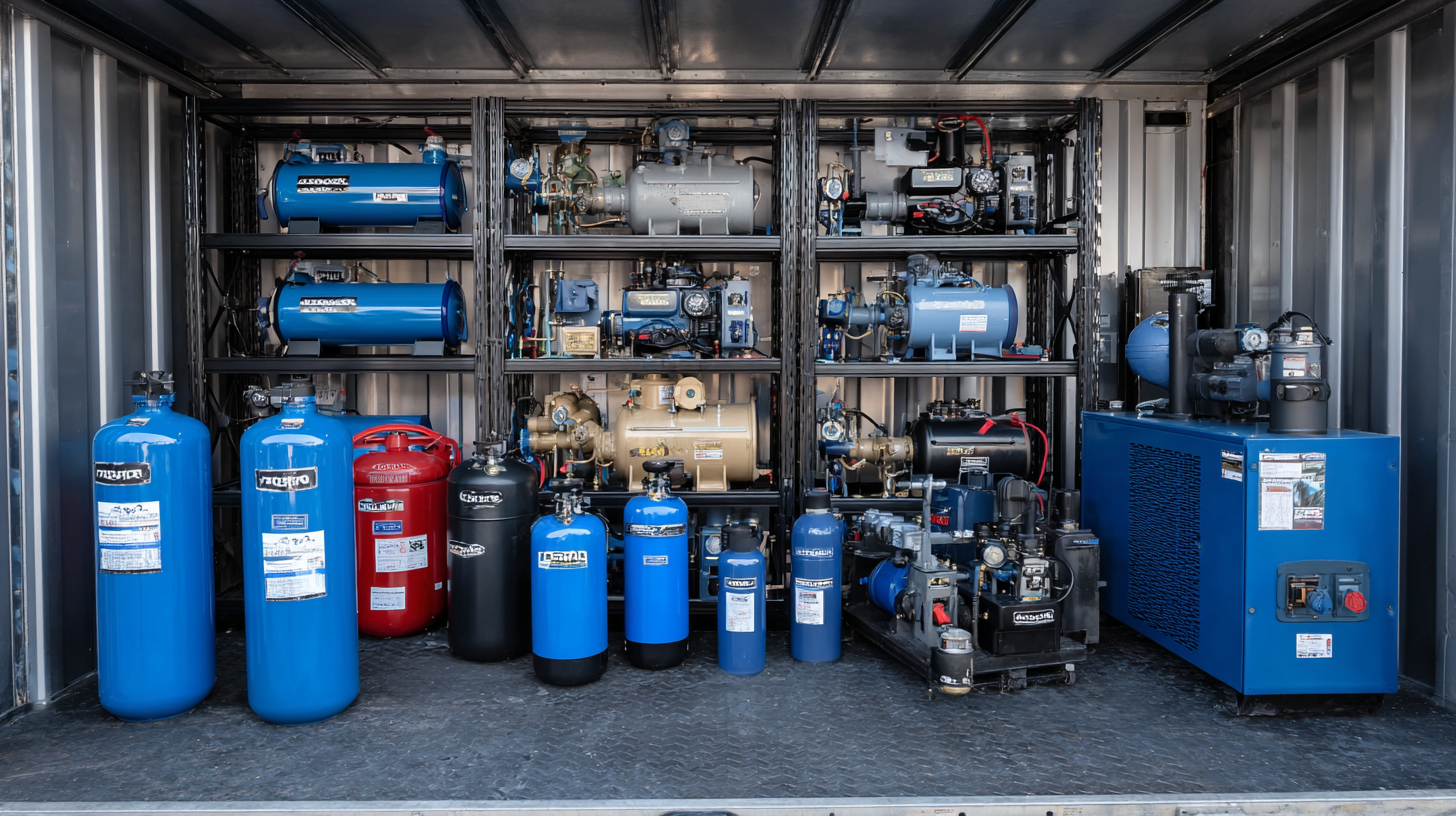
In today's competitive market, making an informed decision between renting and purchasing equipment is crucial for maximizing project efficiency. The air compressor rental market, reflecting broader trends in asset leasing, is on a significant upward trajectory. In 2023, the global aircraft rental market was valued at approximately $172.88 billion, with projections estimating it will grow to $183.23 billion in 2024 and reach $401.67 billion by 2032. This substantial growth indicates a shift in preferences, as companies increasingly opt for rentals to mitigate upfront costs.
Utilizing the "5% rule" allows businesses to analyze rental versus purchase costs effectively. By assessing the total cost of ownership (TCO) against projected rental expenses, stakeholders can determine the financial viability of acquiring air compressors outright versus renting them for specific projects. For instance, if the projected maintenance and depreciation costs of purchasing outweigh the predictive rental expenses by a factor of 5%, opting for rentals becomes a more financially sensible approach. As the automotive lease market is also expected to grow significantly—forecasted to rise from $728.13 billion in 2024 to $1.3524 trillion by 2032—businesses must stay agile and evaluate these options diligently to maintain their competitive edge.
This chart illustrates the cost comparison between renting and purchasing an air compressor over different durations. As shown, the rental costs accumulate over time, while the purchase cost remains constant. This data can aid project managers in making informed decisions based on their specific needs and project timeframe.
When selecting the best air compressor rental companies in your area, it’s essential to consider several key factors that can significantly impact your project's efficiency. According to a market research study by Custom Market Insights, the global air compressor rental market is projected to reach USD 8,221.1 million by 2033, growing at a compound annual growth rate (CAGR) of 6.8%. This growth reflects not only increasing demand but also the evolving needs of various industries, from construction to manufacturing.
When evaluating air compressor rental companies, assess their range of equipment and the availability of different models suited for diverse applications. Look for companies that offer well-maintained, high-quality compressors that are efficient and capable of handling the demands of various projects. Additionally, consider their customer service reputation and the speed of their response times. Companies that emphasize reliability and quick support are generally preferable, especially given the expected market expansion and competitive landscape in the air compressor rental sector.
| Rental Company | Compressor Type | Power (HP) | Air Flow (CFM) | Max Pressure (PSI) | Rental Price (per day) | Distance from Location (miles) | Customer Rating (out of 5) |
|---|---|---|---|---|---|---|---|
| ABC Equipment Rentals | Portable | 5 | 20 | 120 | $75 | 10 | 4.5 |
| XYZ Rentals | Stationary | 10 | 40 | 150 | $100 | 15 | 4.7 |
| 123 Air Tools | Electric | 7.5 | 30 | 100 | $60 | 20 | 4.3 |
| Heavy Duty Rentals | Diesel | 12 | 50 | $120 | 5 | 4.8 |
Understanding air demand for your project is crucial to maximizing efficiency when choosing the right air compressor rental. The air handling units (AHUs) market indicates that there is a growing need for tailored solutions to meet specific air quality and pressure requirements. By analyzing market data, you can better predict your project's air consumption and ensure you select equipment that not only meets current needs but also anticipates future demands.
Utilizing industry insights, such as forecasts on air handling unit types and their applications, allows you to align your rental choice with your project specifications. For example, different types of AHUs—packaged, modular, custom, and rooftop mounted—offer varying benefits depending on space constraints and operational needs. By leveraging this knowledge, you can make informed decisions that optimize performance and reduce unnecessary costs, ensuring that your project runs smoothly and efficiently from start to finish.



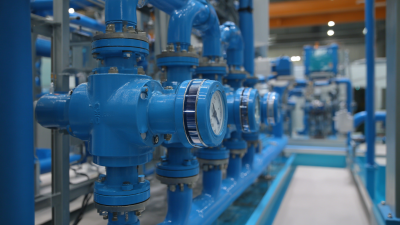
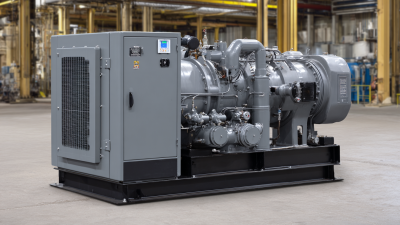

Please share your email with us to see your results.









